European firms add to global air quality problems
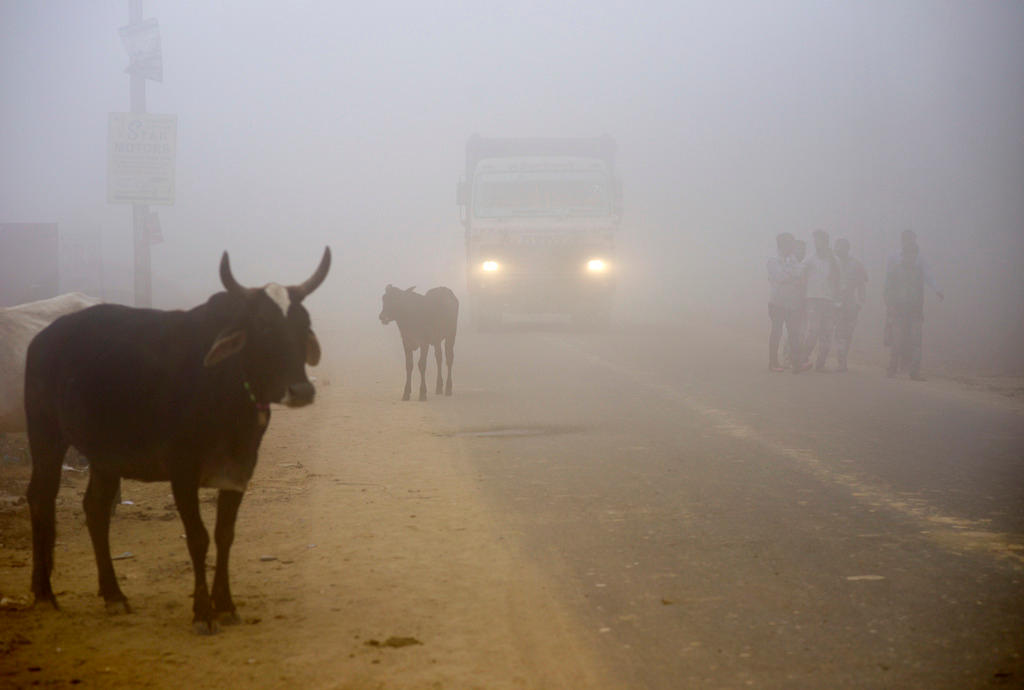
A Swiss expert warns that although Europe’s air quality has continued to improve over the past 30 years, European companies are contributing to dirty air in other regions like Asia or Africa by outsourcing heavily polluting industries.
Nino Künzli, deputy director at the Swiss Tropical and Public Health Institute,External link was one of the scientific advisers at this week’s World Health Organization (WHO) conference in Geneva on air pollution and healthExternal link.
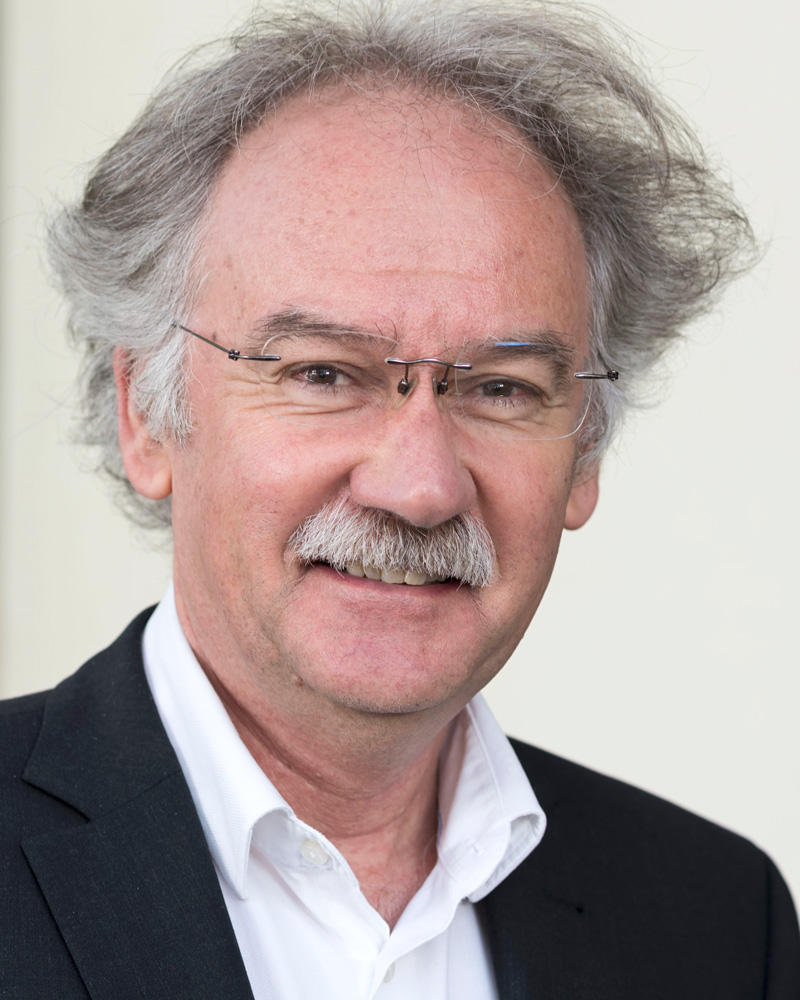
According to WHO dataExternal link, more than nine out of 10 people on the planet breath dangerously toxic air. The problem is particularly bad in India, China, and in other cities in Asia and AfricaExternal link, and children are at risk. The WHO says that every day, 93% of children under the age of 15 — a full 1.8 billion youngsters, including 630 million under the age of five — breath dangerously polluted air.
swissinfo.ch: Globally, air pollution is said to cause seven million premature deaths a year. But how much do we really know about the health risks of air pollution?
Nino Künzli: These overall estimates are probably a bit conservative, but new particle research is shedding more and more light on what is behind the loss in life expectancy and premature mortality figures.
A large 2017 study compared the health burden of air pollution with other health problems. This showed that we’re really talking about a huge problem. The total problem for air pollution is much bigger than that for malaria, Aids and tuberculosis together.
With advancements in technologies, new measurements and the size of recent studies, there are more hints to specific health outcomes than what we knew 20 years ago. We used to just talk about the effects of air pollution on lungs, then on the heart and strokes. Now we see from animal models and human studies that there is increasing evidence that air pollutants interact with the development of diabetes or the development of children’s brains and can have effects on a mother’s placenta.
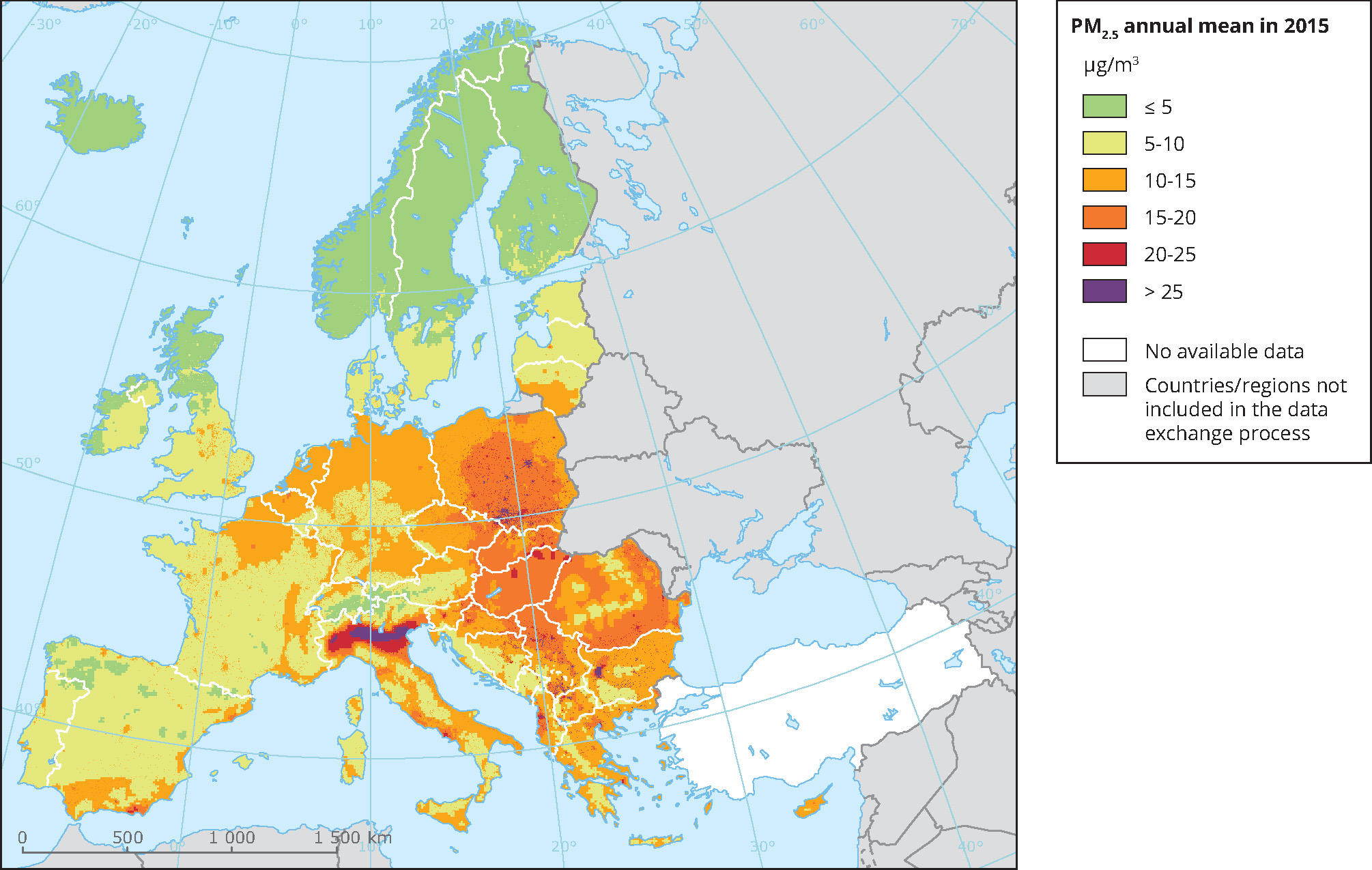
swissinfo.ch: The WHO says poor people in Asian and African countries are most at risk from air pollution. But according to the European Environment AgencyExternal link, despite slow improvements, air pollution in Europe continues to exceed European Union and WHO limits and guidelinesExternal link. How bad is air pollution in Europe?
R.K. The problems are relative and depend on whether you see the glass as half full or half empty. Western Europe has seen a strong increase in air quality over the past 30-50 years. Although pollution levels are higher in eastern Europe, the region has also witnessed improvements but there is still a lot to do. Less than 15% of Europeans live in areas where the air quality complies with WHO values proposed to protect people’s health.
That’s particularly a problem in the big cities. Road and non-road transport are important factors, as well as the agriculture sector and the energy sector, including coal and wood burning, and waste management.
The EU has a very ambiguous history in dealing with this issue. If you look at emission standards for transport vehicles, such as the EURO 6 norm for light passenger and commercial vehiclesExternal link, these are very good proactive norms. But the EU has completely failed to adopt ambient air quality standards that protect public health. The particle standard for Europe, for example, is still two and a half times higher than what the WHO is proposing based on scientific evidence (see infobox); that’s a real problem
PM2.5 fine particles: EU=25 micrograms/m3 (annual mean); Switzerland/WHO=10 micrograms/m3 (annual mean)
PM10 fine particles: EU=40 micrograms/m3 (annual mean); Switzerland/WHO=20 micrograms/m3 (annual mean)
Nitrogen dioxide (NO2): EU=40 micrograms/m3 /annual mean; Switzerland/WHO=30 micrograms/m3 /annual mean
Ozone: EU=120 micrograms/m3 (Maximum daily 8 hour mean); Switzerland/WHO=100 micrograms/m3
swissinfo.ch: The WHO’s conclusions about air pollution are very gloomy. Are we losing the battle?
R.K. One positive lesson from it all is that clean air policies really work. They are a real success story. If you look at California, Los Angeles, for example, it’s phenomenal how air pollution has come down. Keeping air clean is possible. The science-based values promoted by WHO can be reached if governments make the right policy decisions and set ambitious air quality standards to promote the best available technologies.
But we must see that European companies are also part of the huge air quality problems in Asia, Africa and Latin America, in the mega cities around the world. While we are making our air cleaner in Europe, our multinationals are outsourcing heavily polluting industries to those countries.
Swiss oil traders, for example, sell very dirty diesel fuel in many African countries and are directly causing enormous air pollution and health issues in cities. The fuel they sell can have more than 600 times the levels of sulphur than what we have in Switzerland under Swiss law. German carmakers put the Iranian government under pressure to let them import trucks without diesel particle filters.
There are many more example of industries from wealthy countries trying to maximise profits by ignoring the environmental standards we have in Europe. Of course, this is legal as the low and middle-income countries have missed the opportunity to set different standards. But that’s why we really need global air quality and emission standards.
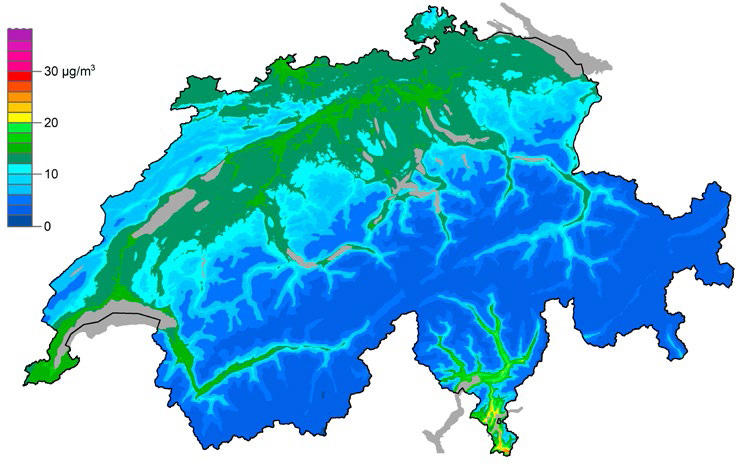
swissinfo.ch: Switzerland has a reputation for clean air. Yet according to the EEA there are still an estimated 5,500 premature deaths a year in Switzerland caused by air pollution. What are the main air pollution problems here?
R.K. Switzerland External linkhas a tradition of following the science-based proposals of WHO which are much more stringent than in the EU. Particle levels have come down a great deal. Last year, all federal monitoring stations were in compliance with our standard for PM10 particles (10 micrometers or less in diameter)
Switzerland has a good record in improvements over the past 30 years, but there is still some work to do. Traffic remains an important polluting factor, especially due to its proximity to where we live. In some regions, like Ticino or the Alpine valleys, wood smoke needs attention, as it has been heavily promoted and it can be an important cause of pollution.
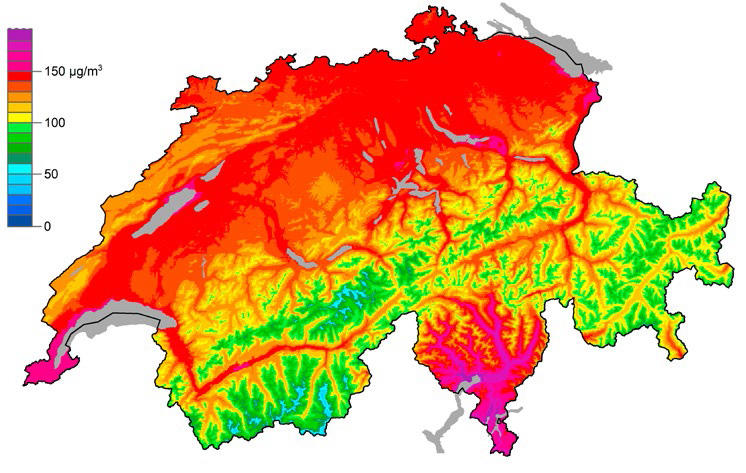
swissinfo.ch: In 2017, the Federal Environment Office reported worrying levels of ground-level ozoneExternal link, or O3, at 16 recording stations in around Switzerland; they were particularly bad in Italian-speaking Ticino. How serious is this problem?
R.K. Ozone is a well-known phenomenon, but you have to look carefully, as ozone is complex. It is a secondary pollutant, which comes especially from traffic emissions – nitrogen oxides and volatile organic compounds – and builds up due to summer heat and sunlight.
Ozone has remained a problem in Switzerland. The improvements have been less spectacular than for particles or sulphur dioxide, for example, which has almost disappeared.
But the ozone pollution peaks are less extreme than they were 20 years ago due to the policies introduced. And in general, the health burden for ozone is much smaller – only 10% of the total – than for other types of combustion-related air pollution like particles.
swissinfo.ch: What steps still need to be taken to further combat air pollution in Switzerland?
R.K. I would like to see continued enthusiastic efforts to support the adoption of the newest and best technologies. We should adopt the Euro 6 standard for exhaust emissions, and it should be applied to all vehicle engines, both on-road and off-road. We should also tackle the question of agriculture and farmers, who have gotten too much protection from implementing changes to lower emissions.
1. Kanpur, India (173 μg/m3)
2. Faridabad, India (172)
3. Gaya, India (149)
4. Varanasi, India (146)
5. Patna, India (144)
6. Delhi, India (143)
7. Lucknow, India (138)
8. Bamenda, Cameroon (132)
9. Agra, India (131)
10. Gurgaon, India (120)
Source: WHO, 2018External link

In compliance with the JTI standards
More: SWI swissinfo.ch certified by the Journalism Trust Initiative

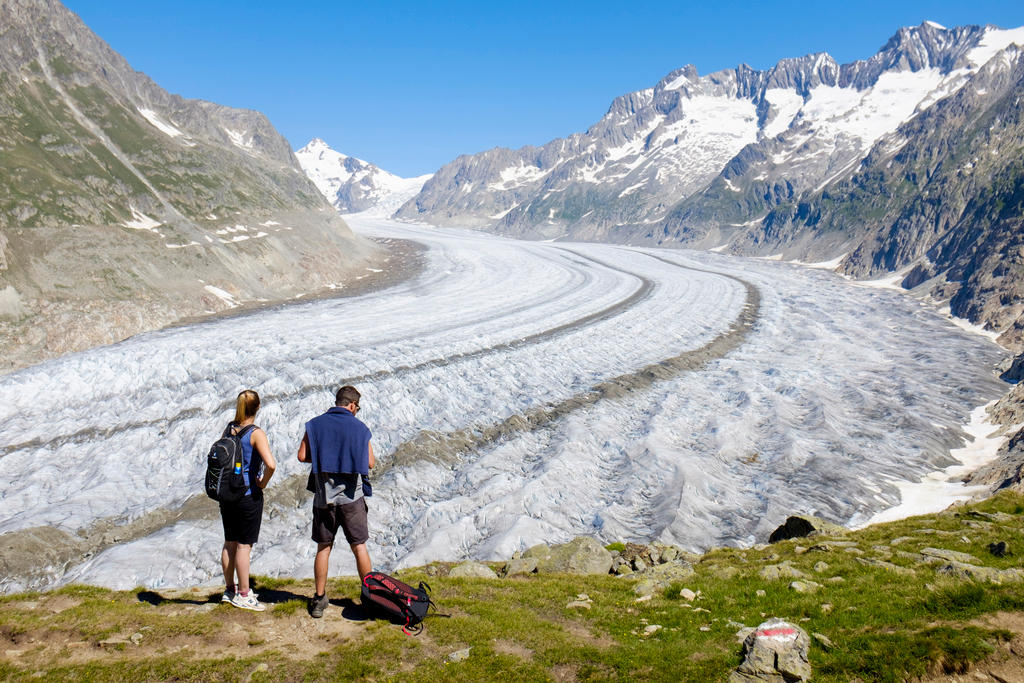
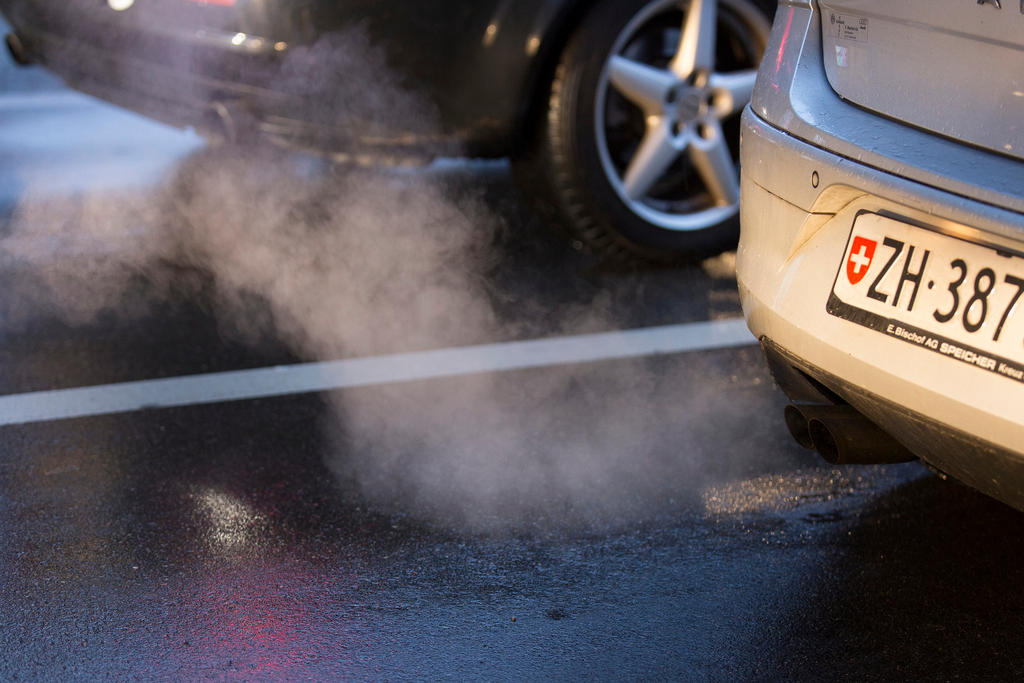
You can find an overview of ongoing debates with our journalists here. Please join us!
If you want to start a conversation about a topic raised in this article or want to report factual errors, email us at english@swissinfo.ch.